Add Smart Tech to Your Historic NYC Brownstone (Without Losing Your Deposit)
Difficulty: Moderate
Time: 2-3 hours (spread across multiple days)
Cost: ~$150-500 (depending on tech choices)
Got a century-old NYC brownstone that feels stuck in the past? Here's the renter-friendly way to blend smart technology with historic charm without losing your deposit or compromising the building's character. No holes, no drama. Take inspiration from a 134-year-old Brooklyn brownstone that was successfully revived with modern updates, proving that historic properties can embrace today's technology while preserving their architectural legacy. Today's NYC homeowners are prioritizing sustainability without sacrificing style, and smart home automation makes it incredibly easy for apartment dwellers to create connected living spaces, according to Home Smart Book.
What You'll Need
Smart Devices (Start Small)
Smart thermostat (Nest Learning or Ecobee)
Smart bulbs (Philips Hue or LIFX), 4-6 bulbs
Smart plugs (TP-Link Kasa), 3-4 units
Voice assistant hub (Amazon Alexa, Google Assistant, or Apple HomeKit)
Tools & Accessories
Smartphone with Wi-Fi capability
Cord concealer strips, paintable
Decorative baskets or boxes for device hiding
Cable management boxes
Small screwdriver set
Safety First
Turn the power OFF at the breaker, and verify with a non-contact tester before any electrical work
Adult supervision is required when handling electrical components
Test Wi-Fi strength in all rooms before purchasing devices
Never drill into walls without checking for wiring and pipes first
Steps
Choose your smart home platform first. Pick one central system, Apple HomeKit, Google Assistant, or Amazon Alexa, to avoid compatibility headaches later.
Why it works: A unified platform prevents device conflicts and simplifies voice commands across your entire brownstone.
Start with the biggest energy saver, a smart thermostat. These devices learn your routine and automatically adjust temperature, potentially saving ~8–15% on heating and cooling costs (Energy Star reports ~8% average; manufacturer studies show higher values in some cases). Most can be installed via a phone app without professional help.
Tip: Tip: Depending on usage and local utility rates, payback is commonly in the ~18–24 month range; results will vary.
If setup fails: Check that your brownstone has a C-wire, common wire, at the thermostat location, since older buildings sometimes lack this.
Replace regular bulbs with smart ones in high-use areas. Focus on the living room, bedroom, and kitchen fixtures first, since these rooms see the most daily activity.
If you're renting: Stick to screw-in smart bulbs that don't require rewiring, and save original bulbs for move-out day.
Visual cue: [Photo: before/after smart bulb installation showing app control]
Hide the tech clutter using period-appropriate solutions. Wireless devices can be tucked into decorative baskets or plant pots specifically designed for smart speakers, suggests Renaissance Development.
Pro tip: Choose natural materials like wicker or ceramic that complement brownstone interiors from the 1890s.
Create a dedicated charging station in hidden furniture. Use an armoire, basket, or drawer with power access to keep devices charged without visual disruption, recommends Renaissance Development.
Mini-diagnostic: If devices aren't charging consistently, check that your hidden spot has proper ventilation to prevent overheating.
Install paintable cord covers for necessary wiring. When wireless isn't possible, use wall-mounted cord channels that blend with your paint color, advises Renaissance Development.
Renter-friendly option: Use adhesive cord covers that remove cleanly without paint damage.
Why it works: Smart technology often improves energy efficiency and can increase a home's marketability versus comparable non-upgraded units (see energy/real-estate studies).
Cleanup & Disposal
Save original bulbs and hardware for move-out day if renting
Keep device packaging and manuals organized in your charging station
Dispose of old batteries at electronics recycling centers, search "battery recycling near me"
Troubleshooting
Problem: Devices won't connect to Wi-Fi → Fix: Check signal strength, install a mesh system like Eero or Google Wi-Fi for better coverage in thick-walled brownstones
Problem: Smart features stop working → Fix: Update device firmware regularly through manufacturer apps
Problem: Voice commands not recognized → Fix: Move the voice assistant away from walls and into open areas, as brownstone acoustics can create echo issues
Variations & Upgrades
Budget option: Start with just smart plugs ($15 each) to control any appliance remotely
Renter-safe: Focus on plug-in and battery-powered devices that leave no permanent changes
Security upgrade: Add smart locks and motion sensors for 24/7 monitoring without visible cameras
Advanced Smart Features for Brownstone Living
Energy management upgrades: Smart outlets can control coffee makers, lamps, and appliances remotely, while smart water valves monitor plumbing and prevent expensive leak damage, crucial in century-old buildings with original pipes, research from Brick Underground indicates. Smart thermostats enhance these buildings' natural efficiencies like thick walls for insulation and high ceilings for air circulation, notes Brick Underground.
Security solutions: App-enabled smoke detectors (e.g., Nest Protect) and smart locks (e.g., August, Yale) can offer remote alerts and monitoring without visible exterior changes. Motion sensors automatically activate smart lighting in those long, narrow hallways typical of brownstone layouts, according to Home Smart Book.
Comfort upgrades: Smart shades and lighting systems can be programmed through wall-mounted keypads for fully customized control, according to Brick Underground. The key is planning integration during any renovation phase to ensure proper wiring and network backbone, advises Brick Underground.
FAQ
Can I use smart devices if I'm renting? Yes, focus on plug-in devices, screw-in smart bulbs, and wireless sensors that don't require permanent installation. Always save original hardware for move-out.
Will smart tech work in thick brownstone walls? Most devices work fine, but you may need a mesh Wi-Fi system for reliable coverage throughout multiple floors. Test signal strength before purchasing.
Do I need landlord permission? For plug-in devices and bulb replacements, no. For anything requiring drilling or rewiring, check your lease and consider asking first.
What about historic district regulations? Smart devices that don't alter the building's exterior appearance typically don't require approval. Interior changes are usually unrestricted unless specifically noted in landmark designations.
By balancing vintage charm with modern convenience, you maintain your brownstone's architectural integrity while enjoying today's innovations, all without permanent changes that violate lease agreements or landmark regulations.






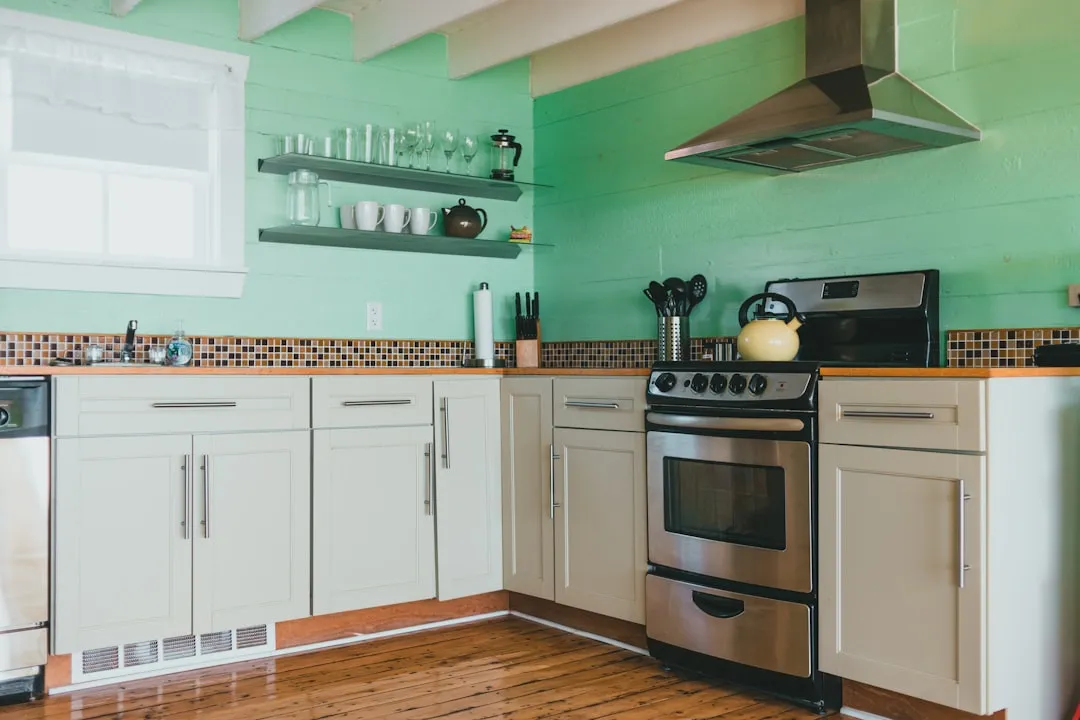



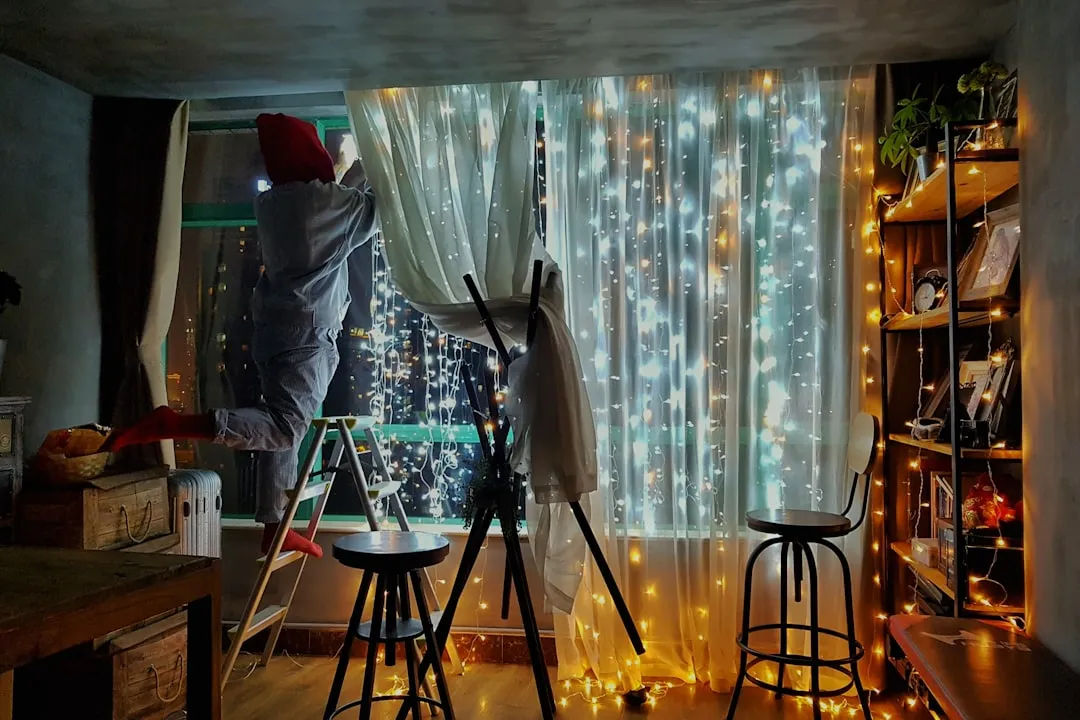

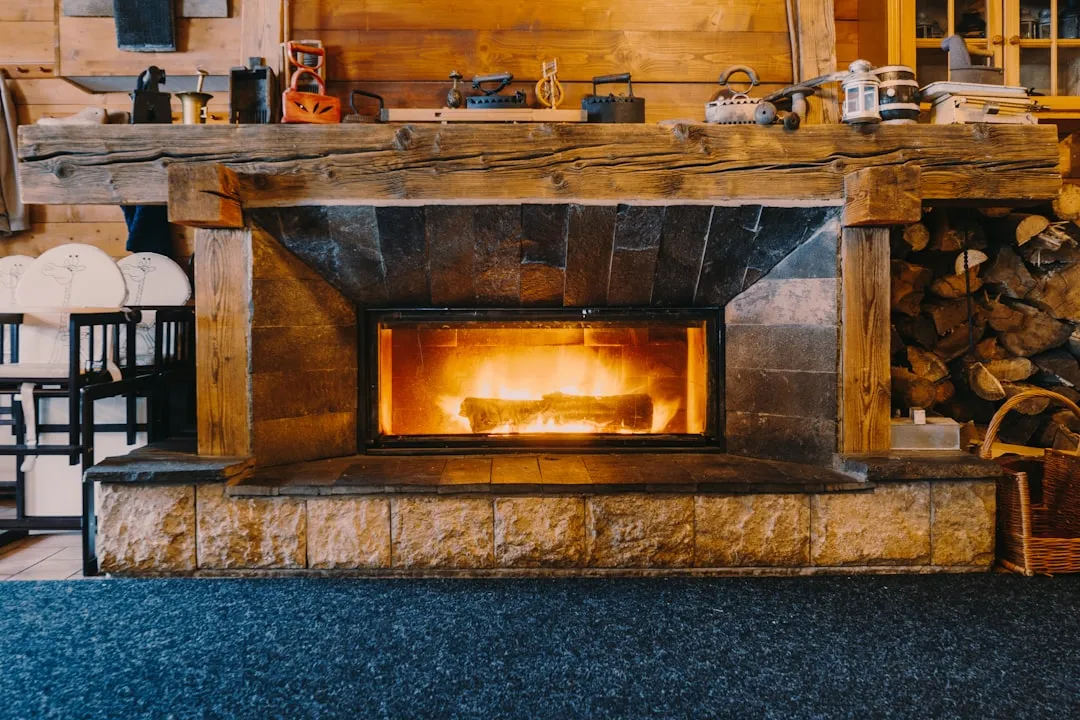
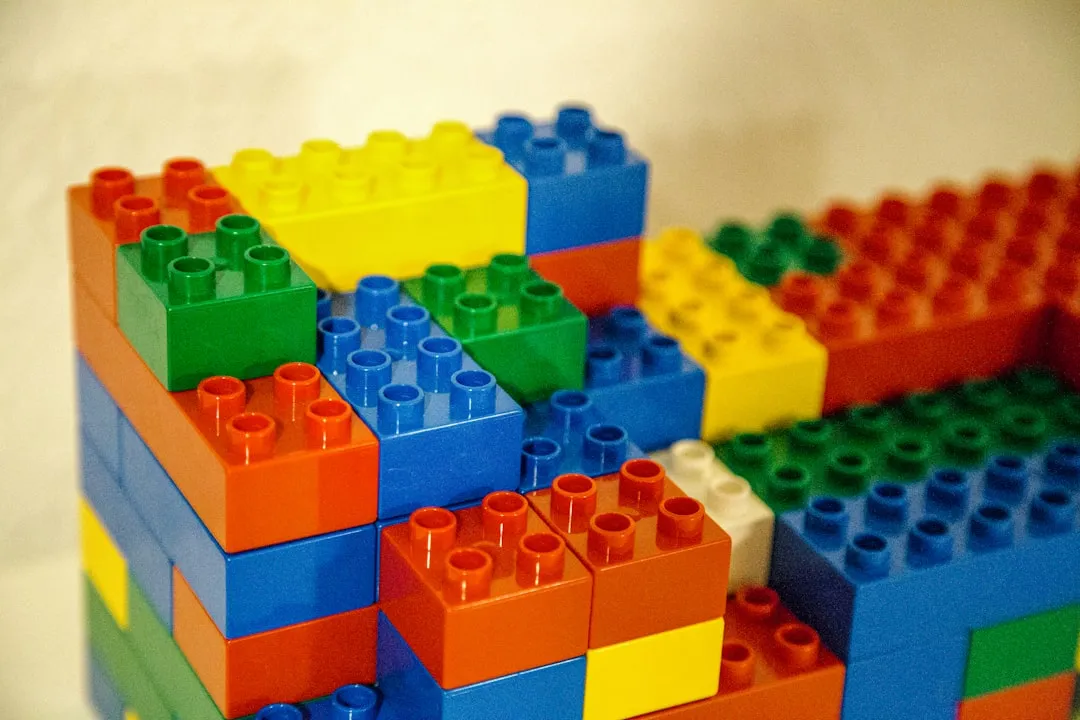

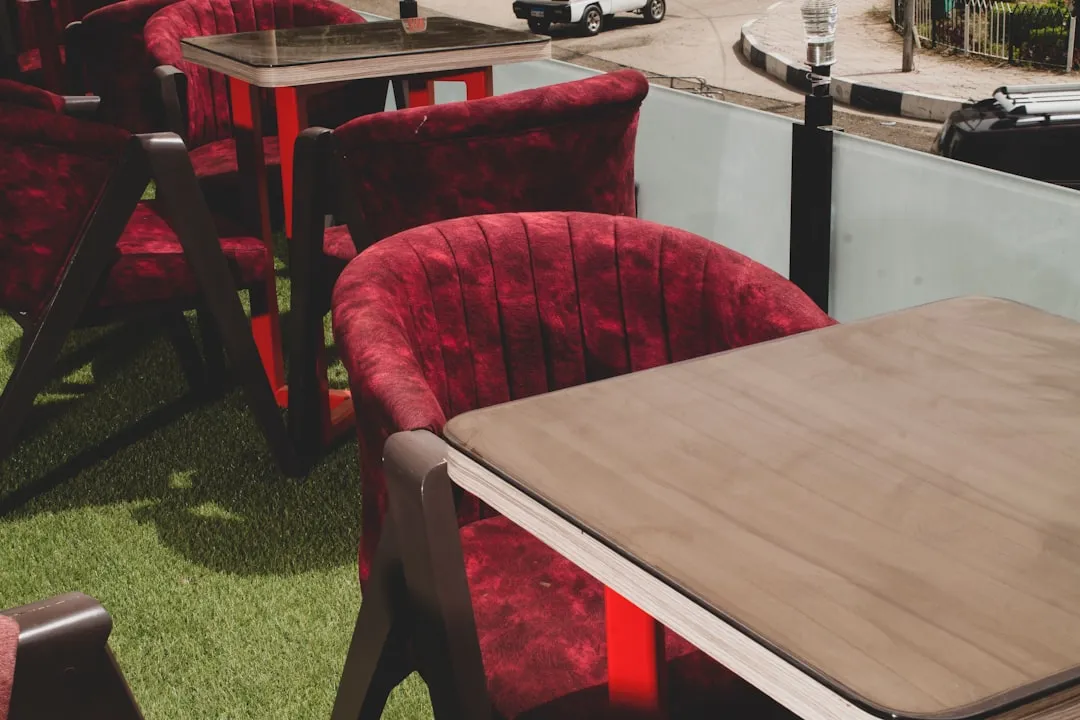
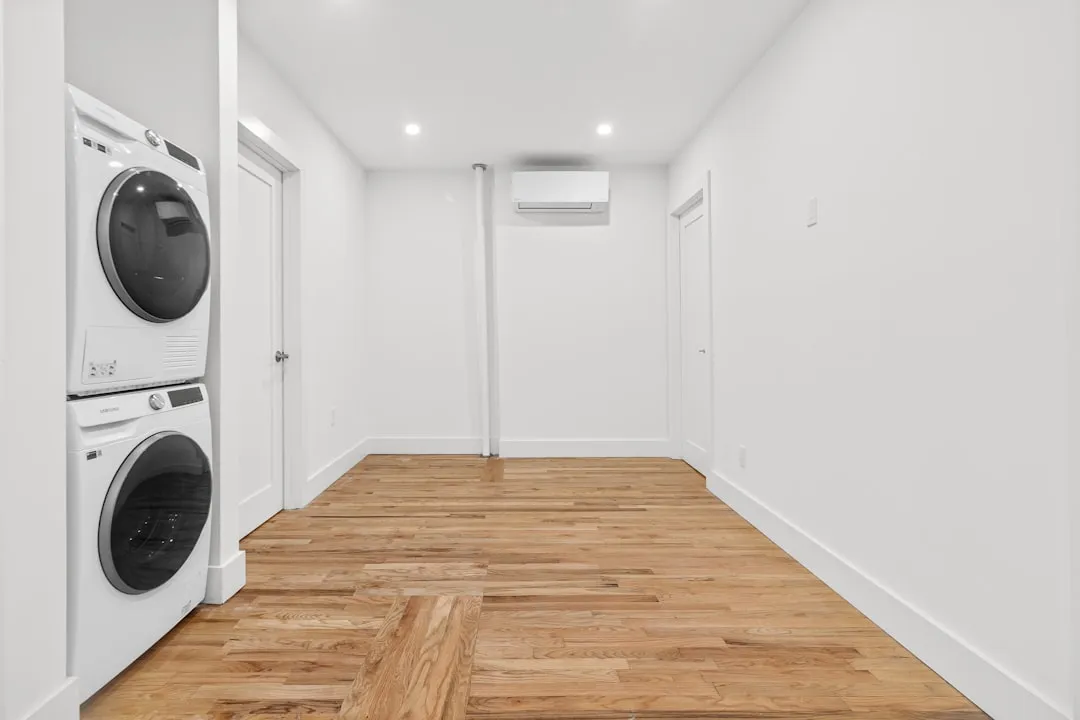
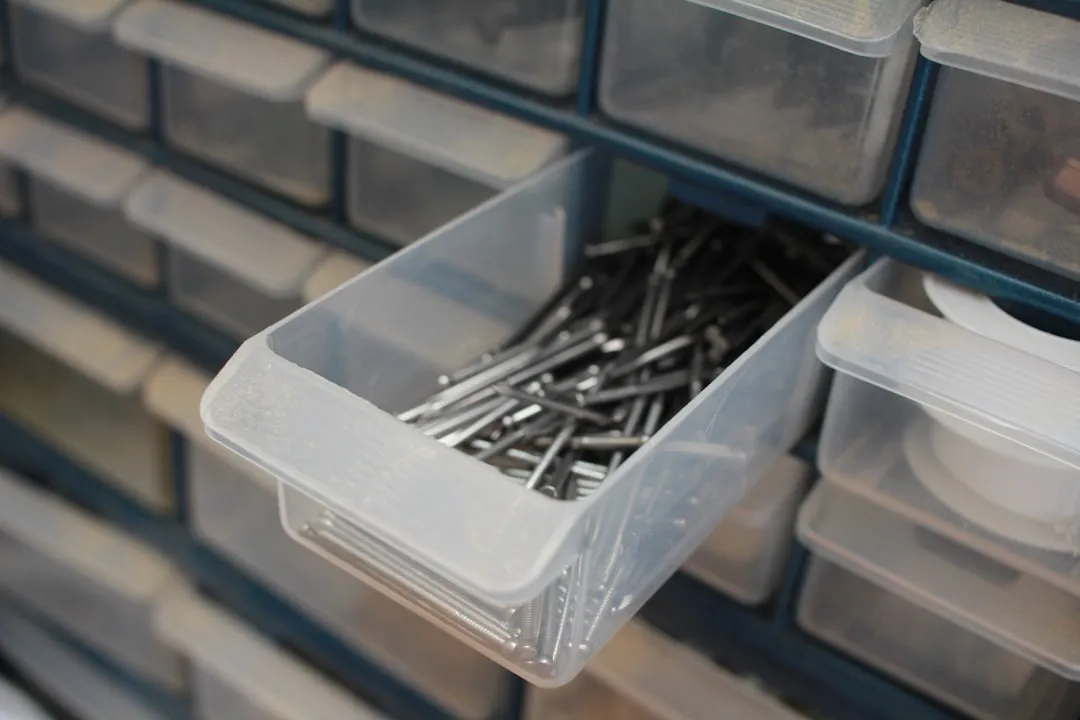


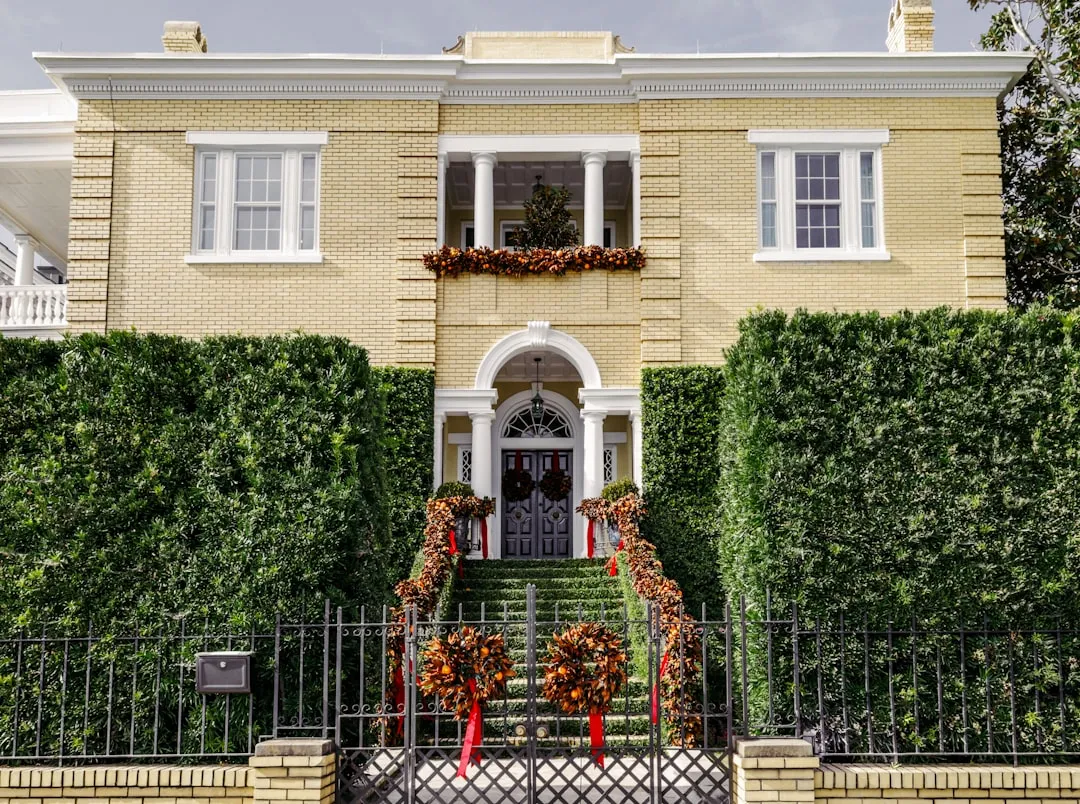
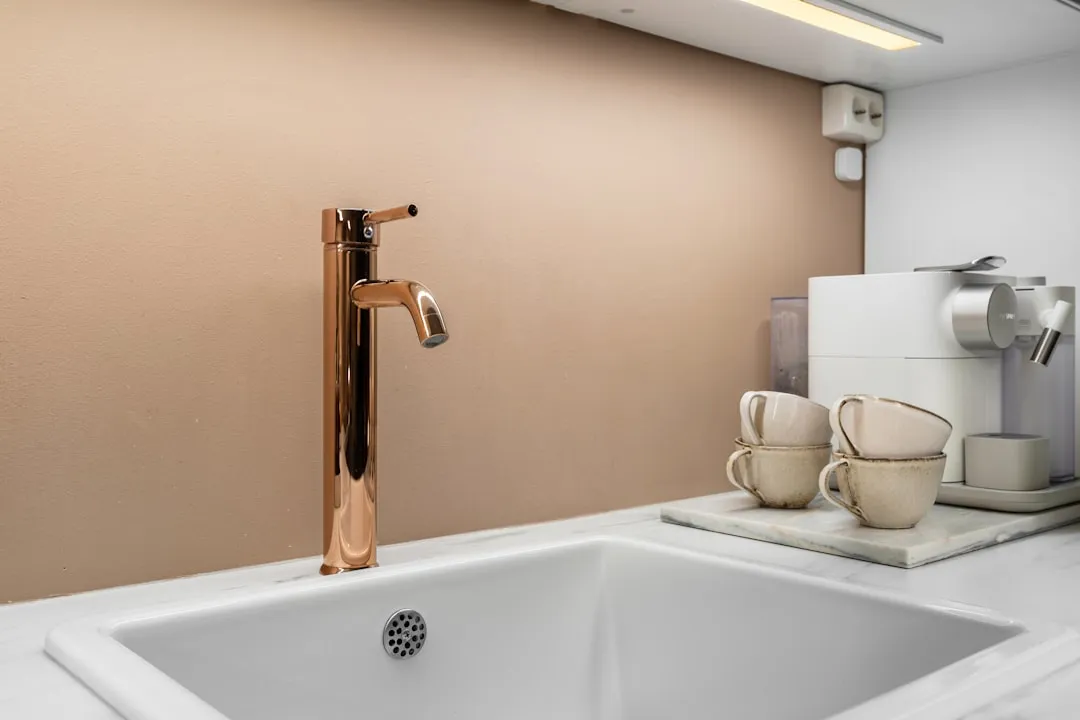

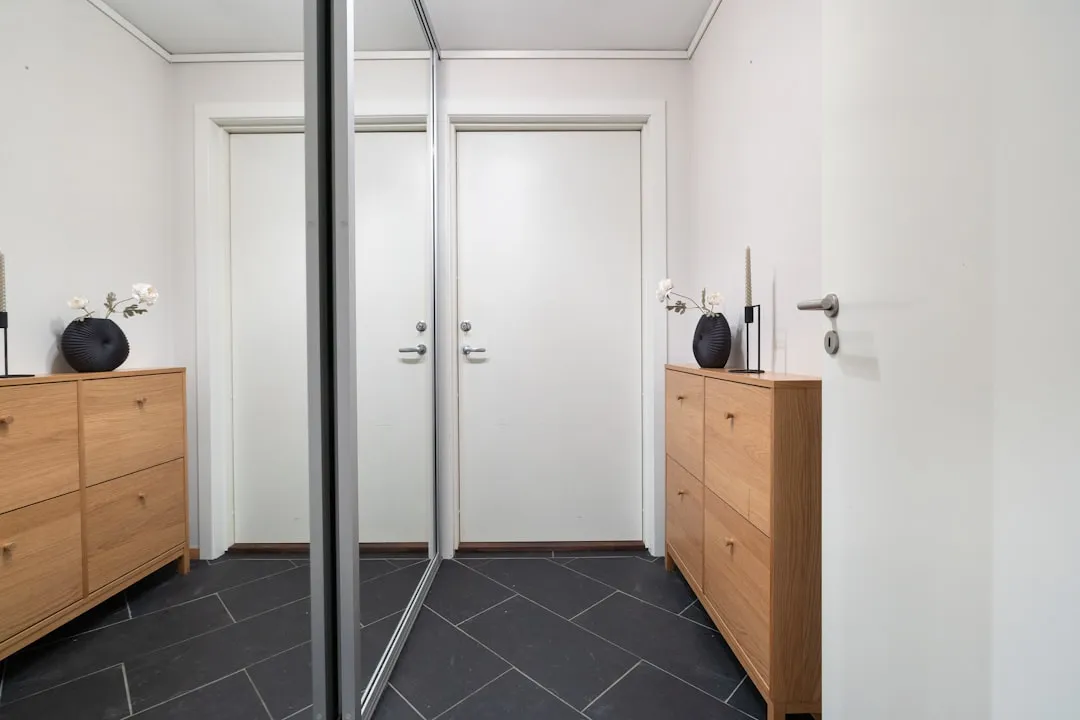
Comments
Be the first, drop a comment!